NEWS
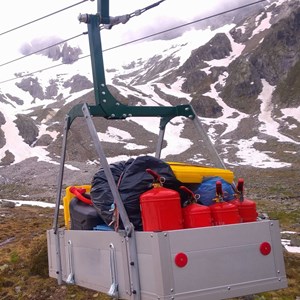
From high alpine peaks to rugged construction sites, cableways are a crucial solution where roads cannot go. But not all cableways are built to carry tourists or skiers. Some are designed to transport goods – or specific individuals – across remote and challenging terrain. For these unique systems, the newly published EN 17639:2025 provides much-needed guidance to ensure safety, performance, and compliance.
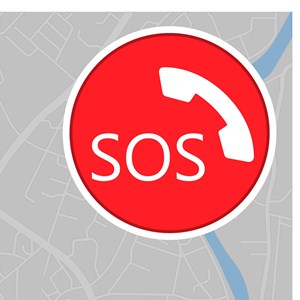
Every year, thousands of lives are lost on European roads due to serious car crashes. While emergency services do their best, precious time can be lost when accidents occur in remote locations or when drivers are too injured to call for help. What if your car could call emergency services for you? This is exactly what the Pan-European eCall system does – and a newly updated standard ensures it works even better.

In an increasingly digital world, ensuring consistent and robust cybersecurity across complex, multi-stakeholder systems is more critical than ever. The new European Standard EN 18037:2025 ‘Guidelines on a sectoral cybersecurity assessment’, developed by JTC 13 ‘Cybersecurity and Data Protection’, fills this gap by specifying an approach for the risk-based identification of cybersecurity, certification, and assurance requirements for ICT products, processes, and services within complex, multi-stakeholder sectoral systems.
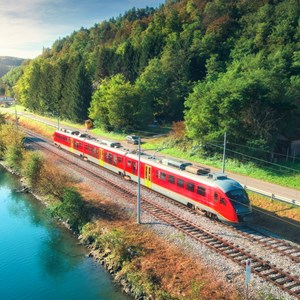
CENELEC published a new important standard for the railway community. EN 50388-2:2025 ‘Fixed installations and rolling stock for railway applications - Technical criteria for the coordination between electric traction power supply systems and rolling stock to achieve interoperability - Part 2: Stability and harmonics’ establishes the acceptance criteria, according to EN 50388-1:2022, for the compatibility between traction units and power supply for known phenomena and known technologies. The standard was developed by CLC/TC 9X ‘Electrical and electronic applications for railways’.

CEN/TC 133 'Copper and copper alloys' develops standards in the field of unwrought, wrought and cast products made from copper and copper alloys, and addresses topics such as designations, terms and definitions, material specifications, and testing methods.

Railway travel has long been celebrated for its efficiency and environmental benefits. Yet passenger experience, particularly ride comfort, remains a crucial aspect for improving rail systems. The European Standard EN 12299:2024, recently developed by CEN/TC 256, provides a groundbreaking methodology for evaluating and enhancing ride comfort in rail vehicles. This updated standard replaces the 2009 version, introducing advanced methods to ensure passenger comfort is measurable, repeatable, and aligned with modern rail technologies.

Last month, a critical update in the world of small craft safety was introduced with the release of EN ISO 15085:2024, focusing on preventing man-overboard accidents and providing solutions for reboarding. Developed by ISO/TC 188 ‘Small Craft’ mirrored at the European level by CEN/TC 464, this standard sets out detailed requirements to enhance the safety of small craft, providing a safer environment for users and reducing risks of falling in the water.
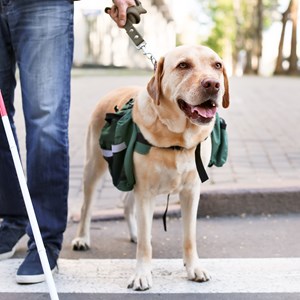
The need for clear, consistent terminology around assistance dogs has become more critical than ever, especially as individuals with disabilities rely on these essential companions for independence and support in a variety of settings.
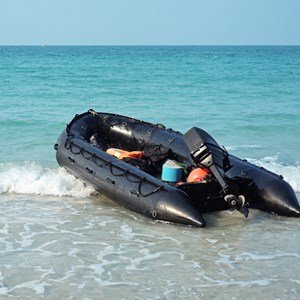
A new standard was recently published about the minimum safety characteristics for powered inflatable boats and rigid inflatable boats. The goal is to have increased safety for the different design categories of recreational crafts.
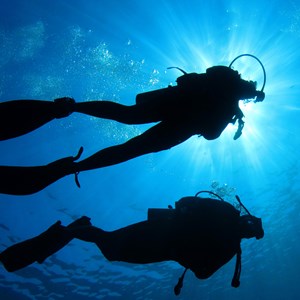
Many of the experts in Working Group 1 of TC 228 have been working on diving standards since the turn of the millennium. At first, work was carried out at the European level, in WG3 of CEN TC 329 ‘Tourism Services’. Immediately after ISO TC 228 ‘Tourism and related services’ was founded in 2007, work continued at the ISO level, and ‘Diving Services’ became the first Working Group (WG1) of ISO TC 228. Practically, all the standards produced by TC 228 WG1 have also become European standards (EN ISO), in accordance with the procedures laid out in the Vienna Agreement.